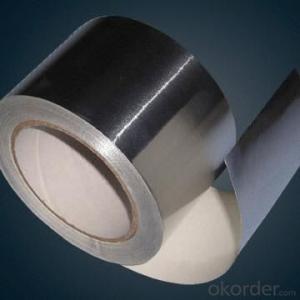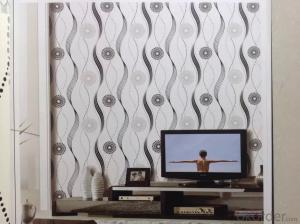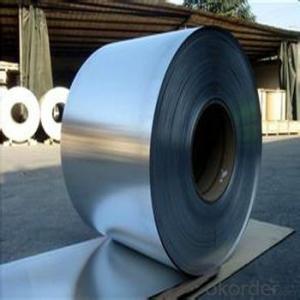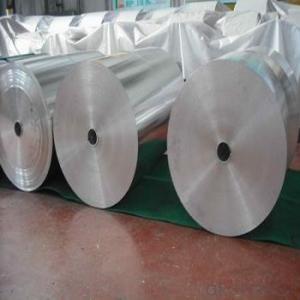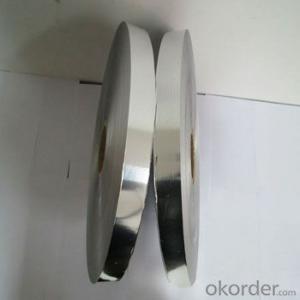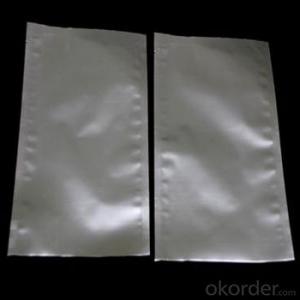Shiny Aluminum Foil
Shiny Aluminum Foil Related Searches
Led Light Bulbs For Ceiling Fixtures Led Lamps For Ceiling 42 In Ceiling Fan With Light Aluminum Coil Stock For Gutters Aluminum Foil For The Grill Hole Saw For Aluminum Plate Aluminum Tread Plate For Trailer Bow Plate For Aluminum Boat Aluminum Foil For Grow Room Aluminum Foil For Joint PainHot Searches
Stock Price For Aluminum Aluminum Coil Stock For Sale Aluminum Gutter Coil For Sale Used Aluminum Scaffolding For Sale 1/4 Aluminum Plate For Sale Aluminum Bar Stock For Sale Aluminum Round Stock For Sale Aluminum Diamond Plate For Sale Aluminum Scaffolding For Sale Craigslist 6061 Aluminum Plate For Sale Aluminum Dock Plate For Sale 7075 Aluminum Plate For Sale Aluminum Tread Plate For Sale Aluminum Checker Plate For Sale Aluminum Plate For Sale Near Me Plate Aluminum For Sale Aluminum Plate For Sale Aluminum Square Stock For Sale Aluminum Flat Stock For Sale Billet Aluminum Stock For SaleShiny Aluminum Foil Supplier & Manufacturer from China
Okorder.com is a professional Shiny Aluminum Foil supplier & manufacturer, offers integrated one-stop services including real-time quoting and online cargo tracking. We are funded by CNBM Group, a Fortune 500 enterprise and the largest Shiny Aluminum Foil firm in China.Hot Products
FAQ
- Aluminum sheets are highly suitable for harsh weather conditions due to their exceptional properties. Aluminum is a lightweight yet durable material that offers excellent resistance against corrosion, rust, and UV radiation. This makes it particularly resilient against the damaging effects of extreme weather conditions such as heavy rain, snow, high winds, and intense sunlight. Furthermore, aluminum has a high strength-to-weight ratio, allowing it to withstand the pressure exerted by severe weather without sustaining significant damage. Additionally, aluminum sheets can be coated with protective finishes such as anodization or powder coating, further enhancing their ability to withstand harsh climates. Overall, aluminum sheets are an excellent choice for applications requiring resilience in harsh weather conditions.
- Yes, aluminum sheets can be used in marine environments. Aluminum is a commonly used material in marine applications due to its excellent corrosion resistance. It forms a protective oxide layer on its surface, which prevents further corrosion in the presence of saltwater or other corrosive elements found in marine environments. Aluminum sheets are lightweight, yet strong, making them ideal for a variety of marine structures such as boat hulls, decks, and superstructures. Additionally, aluminum is highly durable and has a long lifespan, further enhancing its suitability for marine applications.
- What's the difference between 6061 aluminum plate, 7075 aluminium plate and 6063 aluminum plate?
- Simply put, 6061 and 6063 belong to the 6 series, 6061 hardness in 90HB 6063 in 80HB, suitable for brazing, surface oxidation treatment is better, 7075 T6 hardness in 150HB, hardness is highestUsually 6061 and 6063 can be common
- What is the difference between aluminum plate and aluminum-plastic plate?
- Aluminum sheet: aluminum or aluminum alloy (strip) as the base material, processed by molding and surface protection and decorative coating or anodized film of single aluminum sheet (sheet) called aluminum veneer. Aluminum veneer is widely used for architectural decoration called architectural aluminum veneer, the implementation of GB/T23443-2009 standards.Two, aluminum plate: the full name is called aluminum-plastic composite board. The utility model relates to a three layer composite decorative board with plastic as core material, aluminum sheet (sheet) on both sides, and protective coating and decorative coating on the surface of aluminum. There are two kinds of aluminum-plastic panels, one is common decorative aluminum plate, the implementation of GB/T22412-2008; one kind of building curtain wall with aluminum plate, the implementation of GB/T17748-2008.The difference between the three, aluminum single plate and aluminum plate: 1, aluminum veneer is a single plate, only raw materials, namely, aluminum strip and aluminum plate; three layer composite plate, the two sides for aluminum (film) commonly known as aluminum substrate or aluminum substrate, the middle layer is a plastic commonly known as plastic core material, raw materials there are two kinds, one is aluminum plate, two plastic core material; 3, aluminum veneer thickness is generally of no limit, if too thick aluminum plate aluminum base composite is not strong, at present in the world within the scope of the general requirements of aluminum substrate thickness limit of not more than 1mm. The above is the main difference between the aluminum sheet and the aluminum-plastic plate. Upstairs answer, some are wrong, for example, "2", the quality is different: because aluminum plate is less than aluminum plate, aluminum layer, so the aluminum plate than aluminum plate quality must be worse." Please survey.
- Aluminum sheets can be shaped using various forming methods. These methods encompass: 1. Roll Forming: By passing the aluminum sheets through a series of rollers, they gradually take on the desired form. Roll forming is commonly employed to produce elongated shapes like channels or rails. 2. Press Forming: This technique involves utilizing hydraulic or mechanical presses to exert force on the aluminum sheet, resulting in the desired shape. Press forming is often favored for creating intricate shapes with precise tolerances. 3. Stretch Forming: The aluminum sheet is clamped at its edges and then stretched over a die, causing it to conform to the die's shape. Stretch forming is frequently utilized to manufacture curved or contoured parts. 4. Deep Drawing: This method entails inserting an aluminum sheet blank into a die and using a punch to force the material into the die cavity, creating a hollow shape. Deep drawing is commonly employed for producing cylindrical or box-shaped parts. 5. Hydroforming: Hydraulic pressure is employed to shape the aluminum sheet against a die. Hydroforming is particularly advantageous for crafting complex shapes with smooth surfaces. 6. Incremental Sheet Forming: This technique involves a CNC machine moving a small tool over the aluminum sheet's surface, gradually shaping it by applying localized pressure. Incremental sheet forming is often employed for prototyping or small-scale production. These forming methods offer distinct advantages and are suitable for different applications. The choice of method depends on factors such as the desired shape, complexity, and production volume.
- Yes, aluminum sheets can be used for missile components. Aluminum is a versatile and lightweight material that possesses excellent strength-to-weight ratio properties. These characteristics make it a suitable choice for various aerospace applications, including missile components. Aluminum sheets offer advantages such as corrosion resistance, high thermal conductivity, and ease of fabrication. Additionally, aluminum can withstand extreme temperatures, making it suitable for use in missile components that may experience high heat during flight. However, it is important to consider the specific requirements of the missile system and consult with experts in the field to ensure that aluminum sheets are suitable for the intended application.
- Yes, aluminum sheets can be used for automotive body panels. Aluminum is lightweight, strong, and resistant to corrosion, making it a suitable material for constructing car body panels. Its use can help reduce the overall weight of the vehicle, improving fuel efficiency and performance.
- Yes, aluminum sheets are suitable for chemical processing equipment under certain conditions. Aluminum has good resistance to a wide range of chemicals, including many acids and alkalis. It is particularly resistant to corrosion in acidic environments such as hydrochloric acid and sulfuric acid, as well as alkaline solutions like sodium hydroxide. However, it is important to note that aluminum is not suitable for all chemical processes. It is not recommended for applications involving strong oxidizing agents, such as nitric acid or chromic acid, as these can rapidly corrode aluminum. Additionally, aluminum is not compatible with certain organic solvents and can react with them, causing degradation or failure of the equipment. In some cases, aluminum can be used in chemical processing equipment by applying protective coatings or linings to enhance its resistance to specific chemicals. This can extend its durability and allow it to be used in a wider range of applications. Overall, while aluminum sheets can be suitable for chemical processing equipment in many instances, it is essential to carefully consider the specific chemicals and operating conditions involved to ensure compatibility and avoid any potential corrosion or failure issues.

















